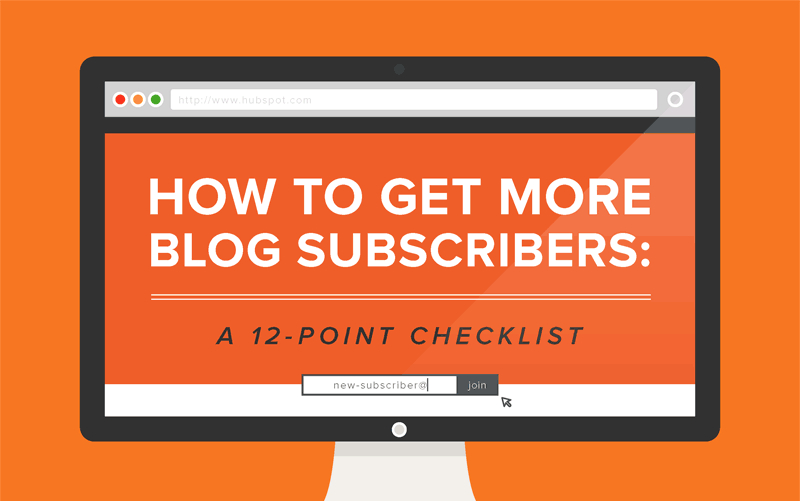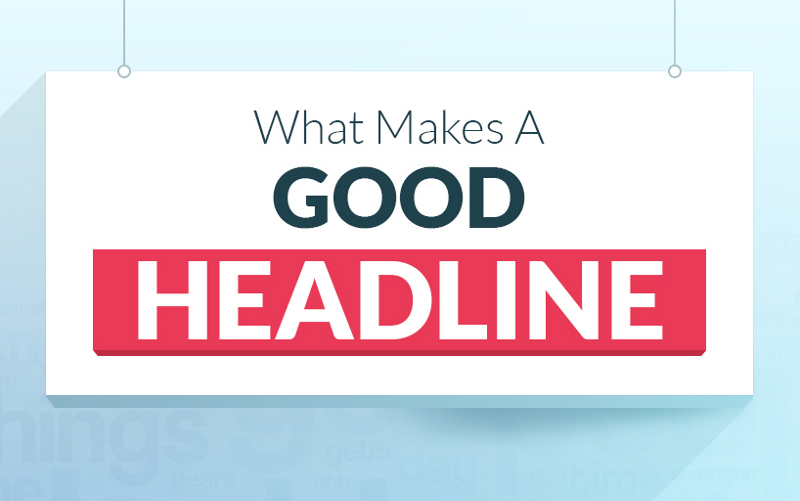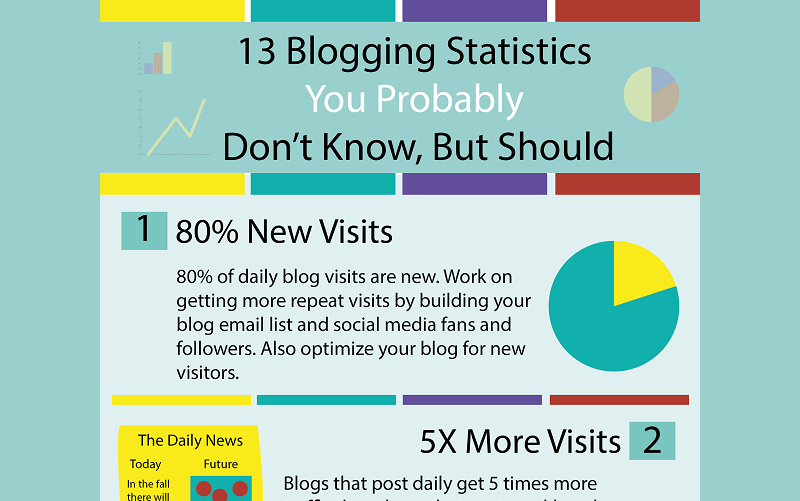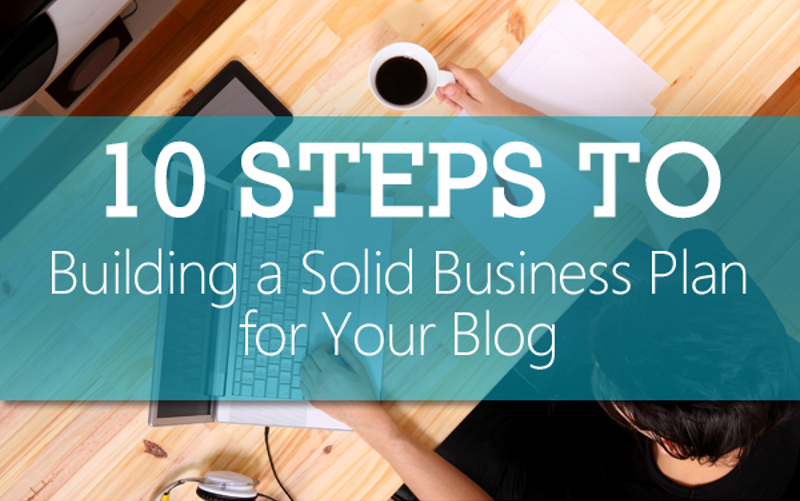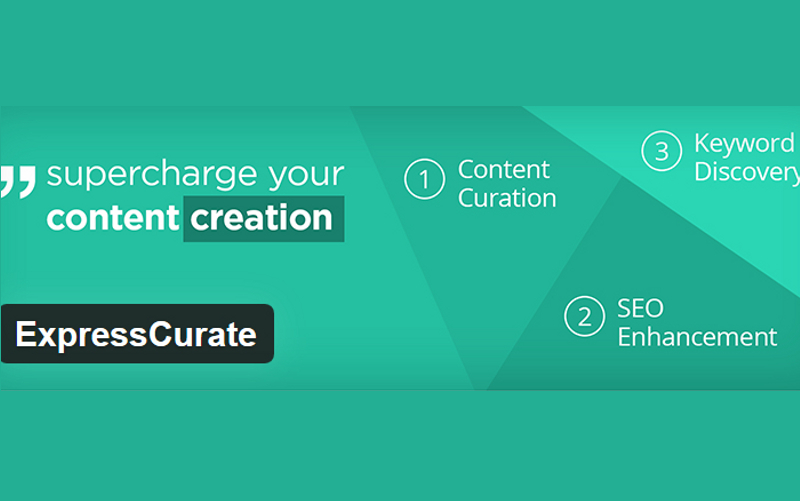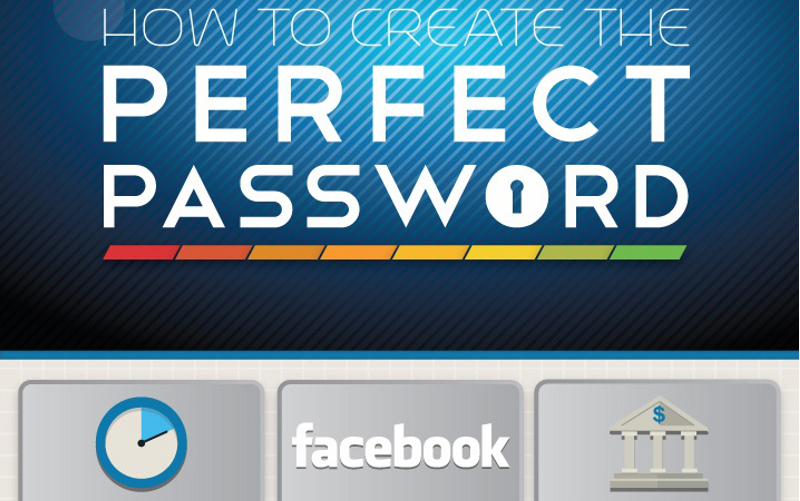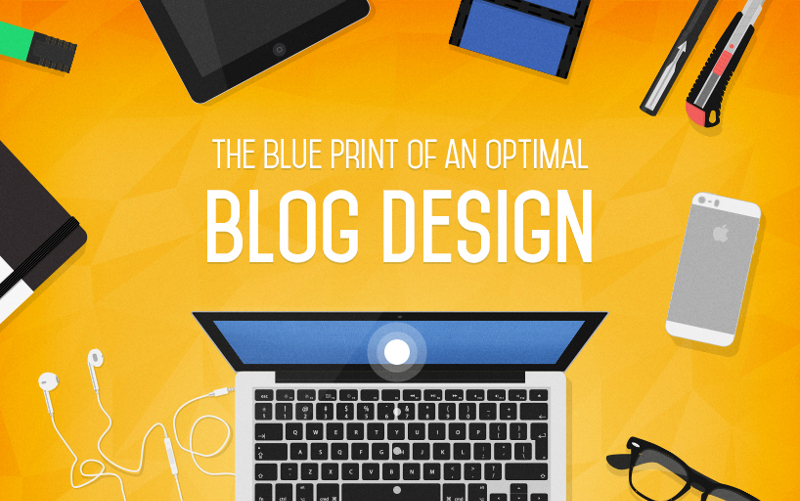A picture is worth a thousand words. There is a reason why some sayings have become proverbs over time. One image can be more effective than a blog post of a thousand words. What you can express in four hundred or eight hundred words can be more effectively communicated using an image, which could be a photo, an info-graphic or some graphical representation of data. This doesn’t do away with the need of textual content as that would be the primary form of communication but it is the image that should also do the talking.
Viewer Impact
Let us first understand the impact of an image in a blog post. When there is an image upfront on the top of the post, people get intrigued. If the image is impressive enough, then it is likely that the visitor or reader will check out the blog post. Blog posts that don’t have any image at all look bland and people are not very keen to check out a ton of textual content. You cannot crowd your post with tons of images either. Maintain a balance and more people will read your blog post.
At times, it takes a visual interpretation or presentation for a better impact. What you describe in a hundred words will have much more effective resonance in the minds of your readers when there is an image complementing what you have written. This not only impresses your audience but they are also enticed to share the content on social networks and social media. Isn’t that what you need to get more traffic and to earn more revenue?
Once you know the impact of images on a blog post, you need to use them well. Placing images randomly, using poor quality images or not offering a fitting description of the image will actually be futile. You also need to procure unique images cleared of copyright or you would have to give the due credits to the photographers or designers while using their images. The whole process of managing images on your blog is itself a niche and it requires deftness. Then there are the challenges of size and loading time. Images cannot take forever to load. They should be of the right size, neither too big to be on the face nor too small so people don’t pay any heed to them.
Images can often be the difference between a successful blog and one that no one has heard of.


